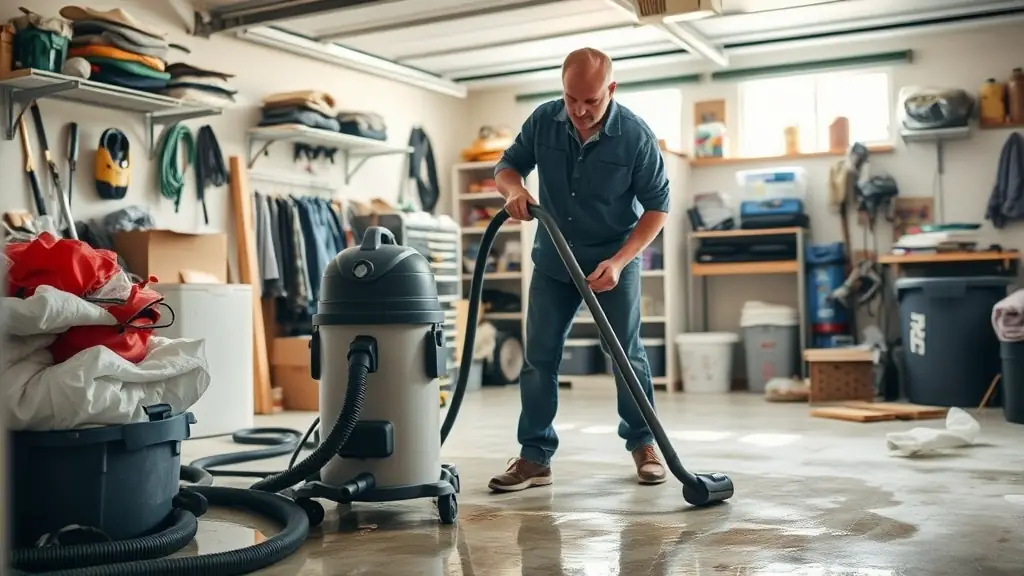While some water damage situations require professional intervention, there are minor repairs that homeowners can tackle themselves. The first step is to identify the source of the water and stop it if possible. This could involve turning off the main water supply or fixing a leaky faucet. Once the source is addressed, it’s essential to dry the affected area thoroughly to prevent mold growth.
For small leaks, homeowners can use towels or a wet/dry vacuum to remove excess water. If the damage is limited to drywall or flooring, cutting out the affected sections may be necessary. Ensure that the area is well-ventilated to promote drying, and consider using fans or dehumidifiers to speed up the process. It’s important to monitor the area for any signs of mold or further damage, as these can develop quickly in damp conditions.
While DIY repairs can be effective for minor issues, it’s crucial to recognize when to call in professionals. If the damage is extensive or if mold is present, professional restoration services are necessary to ensure a thorough and safe repair. Homeowners should always prioritize safety and health when dealing with water damage, and when in doubt, seeking expert help is the best course of action.


